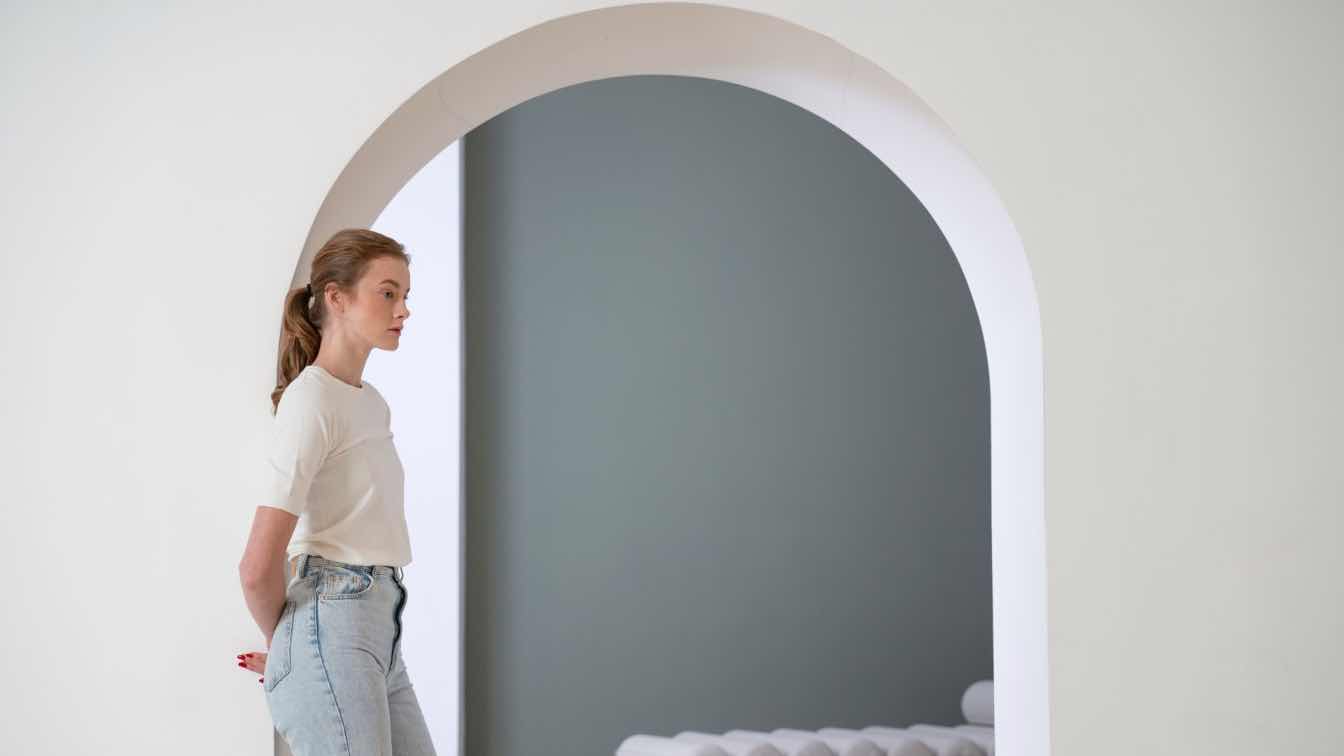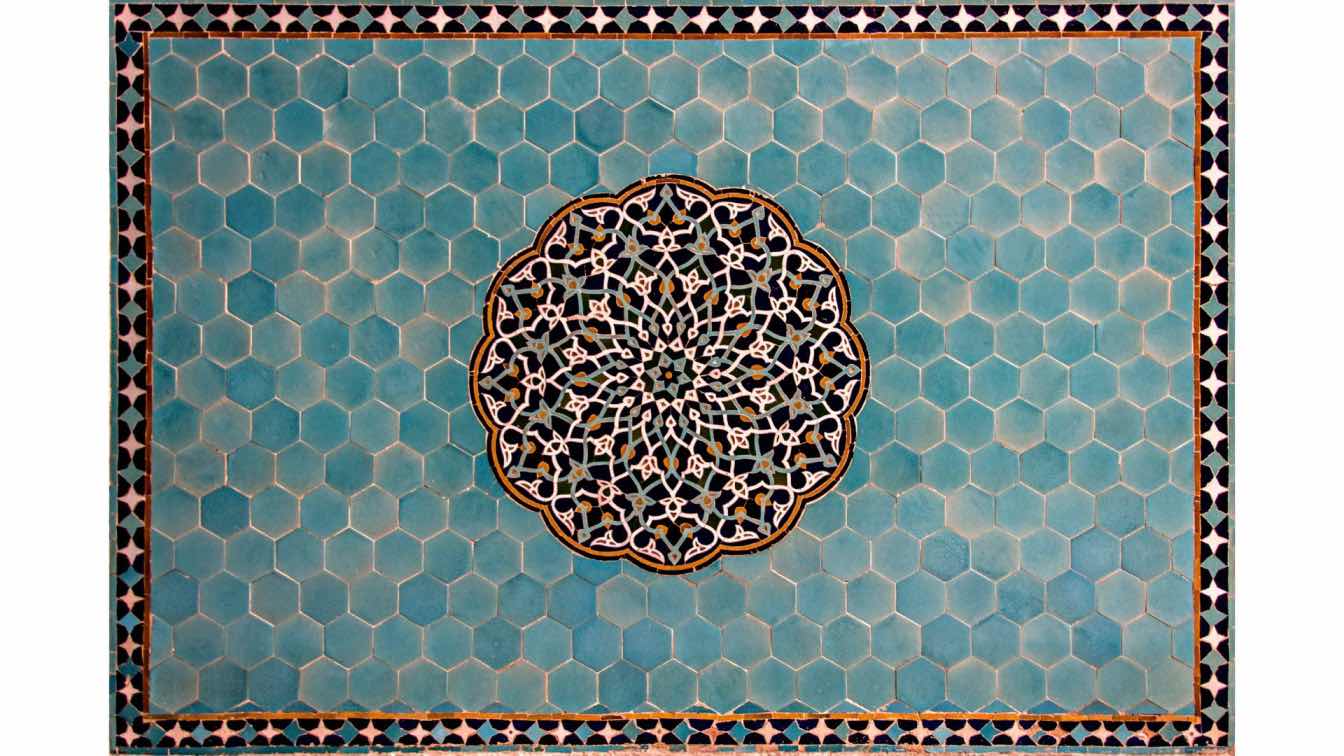Inspired by its textures, patterns and silhouettes, it is fair to say that the world of fashion has drawn regular influence from architecture.
Over the last few decades, iconic styles like Gothic Revival, Bauhaus and Art Deco, along with famous cityscapes and buildings, have regularly appeared in prints and embellishments for clothing. Moreover, the runways of Paris, New York, Milan and London often feature garments that personify the spirit of landmarks like the Sydney Opera House, Guggenheim Museum and Eiffel Tower.
From the perspective of designers, these architectural inspirations add considerable dimension and depth to their pieces, which completely transforms them into wearable art. Indeed, many classic designers, such as Pierre Cardin, Pierre Balmain and Gianni Versace, even studied architecture before making the switch to fashion, while professional architects like Frank Gehry and Zaha Hadid took sabbaticals from designing buildings to create bags, shoes and jewellery.
Famously, Coco Chanel even said that ‘fashion is architecture’, qualifying it by saying it is ‘a matter of proportions’. So, given how influential she was, it shouldn’t come as a surprise to find a strong link between the design elements of the two.
In case you are looking for specific examples, here are nine brilliant instances of architecture-inspired fashion.
William Okpo
William Okpo is a hip women's wear collection created by sisters Lizzy and Darlene Okpo. During a visit to Portugal, they were so taken by the stone-paved walls and narrow streets of the old town of Porto that they included references to it in their work.
Specifically, this included the Sá da Bandeira, Chapel of Souls and Church of São Francisco - the latter of which has a gold appearance and incredibly intricate and almost infinite detailing in all its biblical sculptures.
Their Fall and Winter collection of 2016 notably features organza silk and black and white patterns that were inspired by motifs on the church’s tiled floors.
Folk
Founded in 2002 by Cathal McAteer, an eminent British designer, Folk is an upscale fashion label. It is known for its subtle details and elegant clothes, which incorporate wonderful textures, trims and fabrications.
Right from the start, the brand has blurred the lines between designer-architect aesthetic and streetwear in a way that is easy to wear, relevant and progressive. Underpinning its design approach is a simple yet unwavering focus on quality, which manifests in all aspects of its creations. This incorporates everything from the pocket lining and thread colour to its crushed coconut shell buttons.
You can explore more Folk clothing here with Maplestore.
Delpozo
This famous Spanish fashion brand has been around since 1974. However, it turned heads during a runway show in the fall and winter of 2016 when Josep Font, their creative director, created a fantastic geometric set.
Both the set and clothes drew inspiration from the expressionism and Art Deco architecture that was a huge part of the 1927 film Metropolis. It featured a metallic feel and colour palette, which most notably manifested itself in the volume of its tops and sleeves.
Phillip Lim
Phillip Lim is a celebrated, New York-based American fashion designer of Chinese heritage. He is well known in fashion circles for blending bold colours with asymmetrical silhouettes to produce an eclectic mix of elegant apparel.
According to Lim, his inspiration came from Luis Barragán, the world-renowned Mexican architect who is also known for his incredible use of colour. He was particularly taken by his depictions of the stunning homes of Mexico City, which incorporated a glorious mix of shadow, colour and light, and that he claims brought to mind a timeless, naive modernism that he regularly incorporates into his clothes.
PODYH
This cutting-edge fashion brand from Kyiv in Ukraine prides itself on being a womenswear brand that sits at the intersection of fashion and architecture. Recently, it launched a collection that was inspired by the contemporary architecture of the city and drew upon the visionary skills of the brand’s designer, who just happens to have a master's degree in architecture.
The creations possess a verified and minimalist design which draws upon elements from famous Soviet modernism buildings, including the Salyut Hotel, Vernadsky Library and the iconic Flying Saucer on Lybidska Square.
The main focus of the collection centred around convenience and functionality and included dresses created to mimic the geometry of architectural objects.
Milly
While at Milly, Michelle Smith, the women’s wear designer extraordinaire, was very open about how much Zaha Hadid, the late modern architect, influenced her work.
Smith claimed Hadid’s work was organic yet forward-thinking and held a discernible sexiness, which she found mesmerising. She also claimed there was a sculptural and clean fluidity to Zaha’s work which mirrors the way she designs.
This was highlighted by the use of heavy cotton fabric in some of her collections, which incorporated oversized, sculptural sleeves while still retaining a sense of softness elsewhere – a brilliant balance Hadid was often acclaimed for.
Rosie Assoulin
Rosie Assoulin is an NYC-based designer who is highly regarded for her use of colour and silhouettes within her feminine pieces that still maintain an easy sense of wearability.
After honing her skills under such luminaries as Lanvin and Oscar de la Renta, she launched an eponymous label a decade ago. Over the years, she has produced some notable designs, including some in one of her earliest collections – in the Fall/Winter of 2015 – that was influenced by Brion Cemetary near Treviso in Italy.
Created by Carlo Scarpa, a celebrated Italian architect, Assoulin was so enamoured by the lines, angles, squares, rectangles and triangles all harmoniously blending together she incorporated them into her own work.
Chloé
Chloé has been a major player on the fashion scene since it was launched by Gaby Aghion in 1952.
Under the creative directorship of the British designer Clare Waight Keller, the luxury French fashion house produced a dichotomy of soft and hard that evolved from her fascination with Islamic architecture. More specifically, the infinite patterns that are extremely common within the Middle East, particularly within repeating motifs and lacework.
During one notable collection in the summer of 2016, Keller produced a series of clothing pieces that consisted of over-emphasised details of Islamic and Arabesque architecture. She did this by creating straps and edges to frame tops and dresses that work on the proportions on a larger scale, which she then pieced together.
Needless to say, they were absolutely stunning.
Stella Jean
Stella Jean is a brilliant Haitian-Italian designer who regularly draws inspiration from the architecture of her roots. In particular, the intricate wood façades, vivacious colours and unique appearance of Haiti’s gingerbread houses have been particularly influential in her work.
What has inspired her most about these structures is that they not only look amazing but also have been adapted to make living in the climate and conditions of the Caribbean a lot more bearable. Something that defines many of her clothes.
Yasutoshi Ezumi
The visionary, Tokyo-based fashion designer has regularly referenced the likes of Gordon Matta-Clark, Frank Gehry and Eames since he launched his brand in 2010.
In one of his most notable collections, he is credited with watching a documentary called The Sketch of Frank Gehry. In that show, made structures out of paper model architecture, which reminded Ezumi of fashion draping – which he eventually incorporated into his own designs.
Final Thoughts
As you can see, the worlds of fashion and architecture have merged regularly for a significant number of years now, resulting in some truly amazing pieces being made.
It follows then that as the boundaries of architecture get pushed, fashion will no doubt follow suit. Where it leads us though remains anyone’s guess. However, the answer lies within someone’s creativity.





